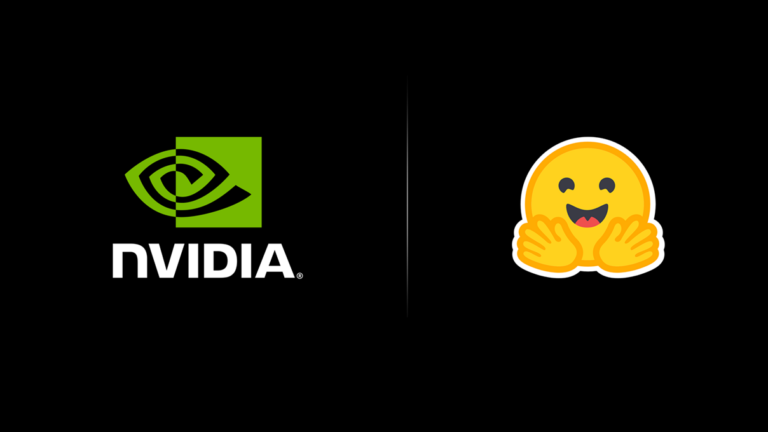 As generative AI experiences rapid growth, the community has stepped up to foster this expansion in two significant ways: swiftly publishing state-of-the-art…
As generative AI experiences rapid growth, the community has stepped up to foster this expansion in two significant ways: swiftly publishing state-of-the-art…
As generative AI experiences rapid growth, the community has stepped up to foster this expansion in two significant ways: swiftly publishing state-of-the-art foundational models, and streamlining their integration into application development and production. NVIDIA is aiding this effort by optimizing foundation models to enhance performance, allowing enterprises to generate tokens faster…
